Regulatory Support
Government regulations promoting the use of natural and organic ingredients bolster the Global Natural and Organic Cosmetics Industry. Regulatory bodies are increasingly establishing guidelines that encourage the formulation of cosmetics with safer, non-toxic ingredients. This regulatory support not only enhances consumer trust but also incentivizes manufacturers to innovate and develop products that align with these standards. As a result, the market is likely to experience a compound annual growth rate of 9.49% from 2025 to 2035, as companies adapt to these evolving regulations and consumer expectations.
Sustainability Trends
The growing emphasis on sustainability and eco-friendly practices significantly influences the Global Natural and Organic Cosmetics Industry. Consumers increasingly prefer brands that adopt sustainable sourcing, packaging, and production methods. This shift is not merely a trend but appears to be a fundamental change in consumer behavior, as evidenced by the rise of brands that prioritize biodegradable packaging and ethically sourced ingredients. As a result, the market is expected to witness substantial growth, with projections indicating a rise to 134.6 USD Billion by 2035. This reflects a broader societal movement towards sustainability that is reshaping the cosmetics landscape.
Diverse Product Offerings
The expansion of diverse product offerings within the Global Natural and Organic Cosmetics Industry caters to a wide range of consumer needs and preferences. Brands are increasingly developing specialized products, including vegan, cruelty-free, and gender-neutral cosmetics, which appeal to various demographics. This diversification not only attracts a broader consumer base but also enhances market competitiveness. As the industry evolves, the availability of innovative formulations and unique product lines is likely to contribute to sustained market growth, further solidifying the position of natural and organic cosmetics in the global beauty landscape.
Influence of Social Media
The impact of social media on consumer purchasing behavior is a notable driver of the Global Natural and Organic Cosmetics Industry. Platforms such as Instagram and TikTok have become vital channels for beauty brands to engage with consumers, showcasing natural and organic products through influencer partnerships and user-generated content. This digital engagement fosters a sense of community and trust among consumers, leading to increased brand loyalty and sales. As social media continues to shape consumer preferences, the market is poised for growth, with an increasing number of brands leveraging these platforms to promote their natural offerings.
Rising Consumer Awareness
Increasing consumer awareness regarding the harmful effects of synthetic chemicals in personal care products drives the Global Natural and Organic Cosmetics Industry. As consumers become more educated about ingredients and their potential health impacts, there is a notable shift towards products that are perceived as safer and more environmentally friendly. This trend is reflected in the growing demand for natural and organic alternatives, which are often marketed as free from harmful additives. Consequently, the Global Natural and Organic Cosmetics Market is projected to reach 49.6 USD Billion in 2024, indicating a robust consumer preference for transparency and sustainability in cosmetic formulations.


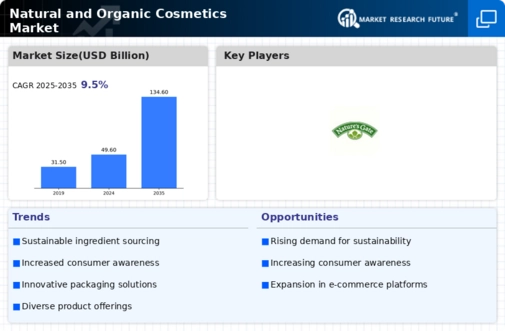
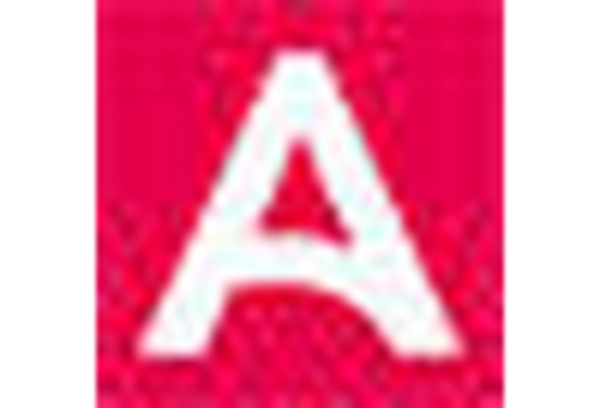
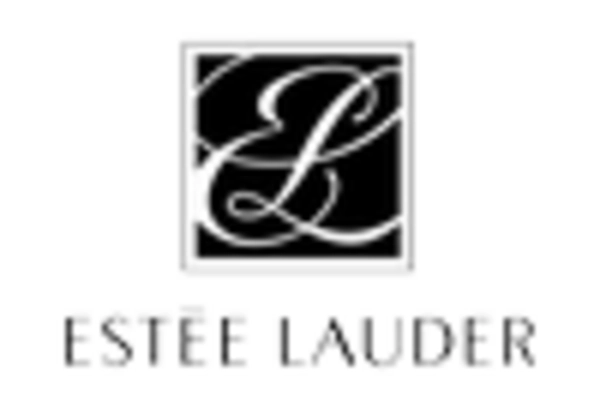
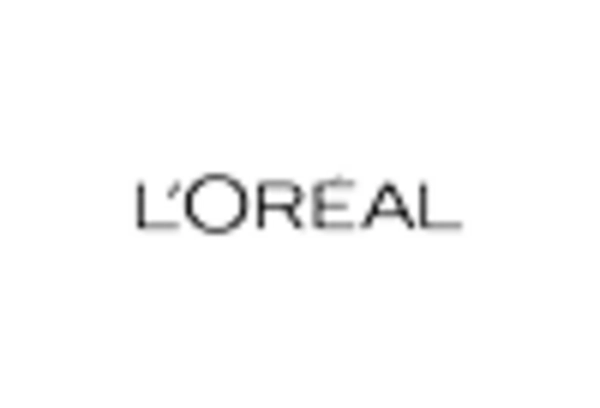
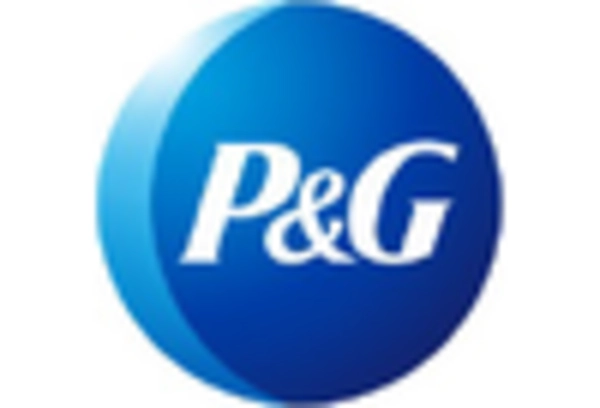
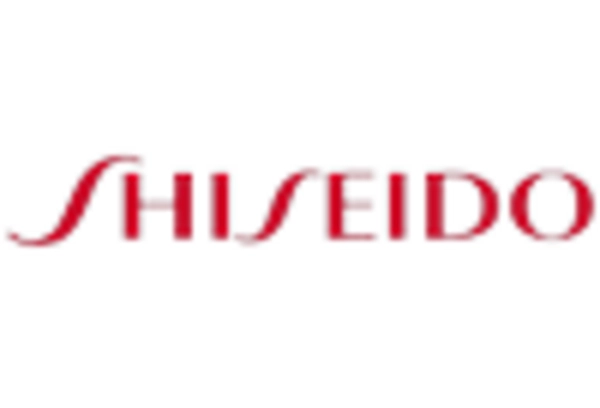
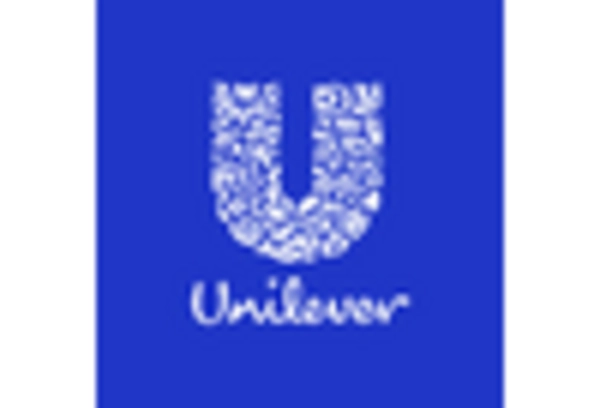








Leave a Comment